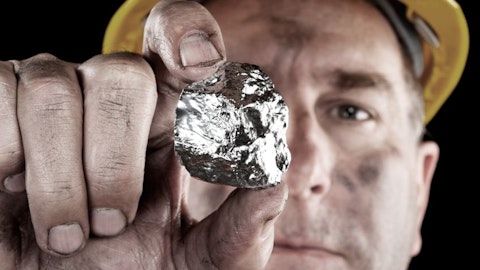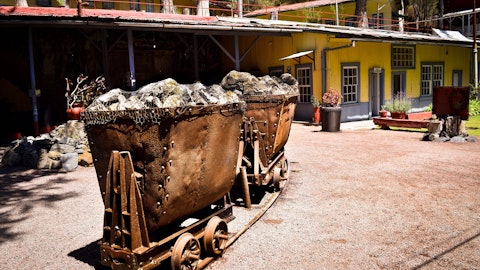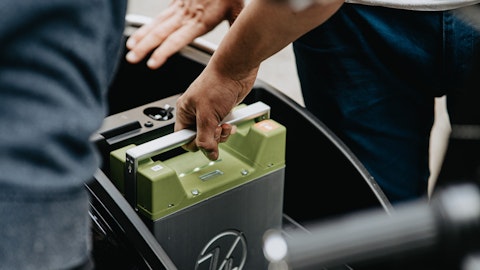Gautam Khanna : Okay. And just stepping back on backlog, you mentioned a 9% increase. Could you just talk a little bit about engines versus fasteners versus other structural components in aero? And then maybe just give some flavor for where you’re seeing the order strength maybe sustain and improve, and if you’re seeing any areas that are a little bit softer?
Tony Thene : Well, right now, I’m not seeing any areas that are soft. I mean all of our customers are asking for more sooner. I mean to answer your question specifically, year-over-year, engines backlog is up 180%-plus, faster than 160%. If you look sequentially, it’s up 8%, 9%. So big increases in all the backlog. And you’re getting to a point where the backlog isn’t as meaningful. In other words, we’re over 52 weeks. And there’s plenty of demand out there. So we’re at — I think we’re at 2x the backlog we had even back in FY ’19 when you had the type of demand you had back then.
Gautam Khanna : Thanks, Tony.
Tony Thene : Thank you, Gautam.
Operator: Our next question comes from Joshua Sullivan from the Benchmark Company. Please go ahead.
Joshua Sullivan : Good morning. As we think of that labor influx now to support that step up into the fourth quarter, will you need additional labor inputs to get to the Q1 numbers and beyond? Or is there a leveling off at some point in headcount?
Tony Thene : Yeah, it’s a good question. So — and I’m glad — I appreciate you asking it. Let me give a couple of bullets around that. I just — that might be helpful for you. I mean, certainly, as I just mentioned to Gautam, like most companies during the COVID pandemic, we allowed our maintenance production workforce to decrease significantly through attrition. We had a higher rate of retirements during that period of time. Now over the last year, we’ve had an accelerated pace in bringing back employees across all of our locations. So of course, that gives you a less experienced workforce. And I jotted down a little stat here. If you look at some of our critical work centers at our largest facility, you could have anywhere range from 30% to 35% of employees at that workstation have less than a year.
So you know your way around a manufacturing site. That is a significant amount to be able to produce it through rates you want to produce that. Now certainly, there’s a tight labor market. I believe our — we’re making very good progress. We have very fulfilling jobs. We have competitive wages, attractive benefit plans. So we’re right there. I would say we’re probably 85% to 90% as far as the work staff — workforce that we need. There’s some more that we want to hire in a couple of critical work centers. Now to give you some comfort, that’s not a couple of thousand, that’s maybe 200 or 300 more on roughly 2,500 person our workforce in SAO.
Joshua Sullivan : Got it. And then any commentary out of the aerospace supply chain, they can’t get enough engine-related materials. But from Carpenter’s perspective, what takes aerospace sales incrementally higher from here? Is it increased capacity on your end? Or is it increased pull from customers just given where you guys supply chain?





